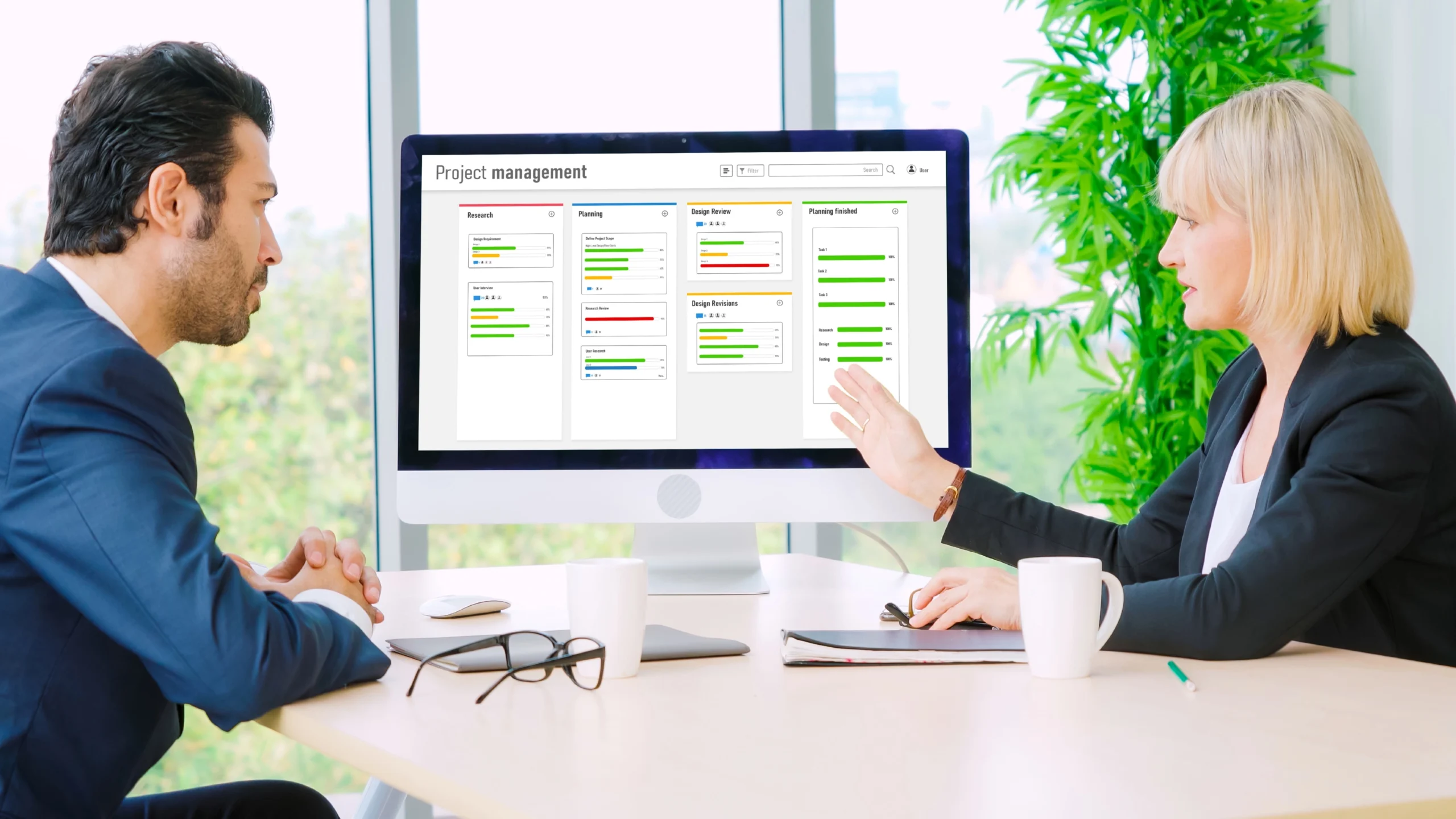
Ever wondered why some companies breeze through audits while others scramble at the last minute? The secret lies in having a solid compliance monitoring workflow that keeps everything running smoothly behind the scenes.
We're living in times when regulatory fines can make or break businesses. Just look at Meta's staggering $1.3 billion GDPR penalty - that's enough to keep any executive up at night! But here's the thing: with the right workflow in place, you can sleep soundly knowing your compliance is handled.
Ready to transform your compliance headaches into competitive advantages? Contact our AI governance specialists to discover how a streamlined compliance monitoring workflow can protect your organization while boosting efficiency.
What Makes a Compliance Monitoring Workflow Essential?
Think of your compliance monitoring workflow as the GPS for your regulatory journey. Without it, you're driving blind through a maze of ever-changing rules and requirements.
A compliance monitoring workflow is simply a structured series of steps that helps organizations track, assess, and maintain adherence to regulatory standards. It's like having a personal assistant who never sleeps, constantly checking that everything meets the required standards.
But why does this matter so much? Well, companies without proper workflows often find themselves:
- Scrambling during audits because they can't locate essential documentation
- Missing critical deadlines that could trigger penalties
- Duplicating efforts across departments
- Struggling with inconsistent processes that create compliance gaps
When done right, your workflow becomes the backbone of your entire compliance program, ensuring nothing falls through the cracks.
Core Components That Make Your Workflow Work
Risk Assessment Framework
Every effective compliance monitoring workflow starts with understanding what could go wrong. This isn't about being pessimistic - it's about being prepared.
Your risk assessment should cover:
- Regulatory changes that might affect your operations
- Internal process vulnerabilities where mistakes commonly happen
- External factors like industry shifts or new technology requirements
- Historical compliance issues that have caused problems before
Documentation Management System
Paper trails matter more than you might think. When auditors come knocking, having organized documentation can mean the difference between a smooth review and a costly investigation.
Key elements include:
- Centralized storage for all compliance-related documents
- Version control to track changes and updates
- Access controls ensuring only authorized personnel can view sensitive information
- Automated backup systems to prevent data loss
Monitoring and Testing Protocols
Regular health checks keep your compliance in tip-top shape. Just like you wouldn't skip medical checkups, you shouldn't skip compliance monitoring.
Essential protocols involve:
- Scheduled reviews of policies and procedures
- Real-time monitoring of compliance metrics
- Testing controls to ensure they work as designed
- Exception reporting when things don't go as planned
Building Your Compliance Monitoring Workflow Step-by-Step
Step 1: Map Your Current Process
Start by documenting what you're already doing. This might seem boring, but it's crucial for identifying gaps and inefficiencies.
Walk through each department and ask:
- What compliance tasks do you perform daily?
- How do you track regulatory changes?
- Where do you store compliance documentation?
- Who's responsible for what?
Step 2: Identify Automation Opportunities
Look for repetitive tasks that drain your team's time. These are prime candidates for automation.
Common areas include:
- Data collection from multiple systems
- Report generation for regulatory submissions
- Alert notifications for upcoming deadlines
- Approval workflows for policy changes
Step 3: Create Standard Operating Procedures
Consistency is key to effective compliance monitoring. Document each step clearly so anyone can follow the process.
Your procedures should include:
- Who performs each task
- When tasks should be completed
- How to handle exceptions
- What documentation is required
Transform your compliance chaos into organized success. Contact our team to learn how expert guidance can help you build a compliance monitoring workflow that actually works for your organization.
Technology Tools That Supercharge Your Workflow

Automated Monitoring Systems
Modern compliance doesn't have to be a manual nightmare. Technology can handle the heavy lifting while your team focuses on strategic decisions.
Popular automation features include:
- Real-time alerts for compliance violations
- Automated report generation that saves hours of work
- Integration capabilities with existing systems
- Dashboard views for quick status checks
Cloud-Based Solutions
Cloud technology offers flexibility and scalability that traditional systems can't match. You can access your compliance data from anywhere, anytime.
Benefits include:
- Remote access for distributed teams
- Automatic updates to stay current with regulations
- Secure storage with built-in backup systems
- Scalability to grow with your business
Analytics and Reporting Tools
Data-driven insights help you make better compliance decisions. Instead of guessing what's working, you'll know for sure.
Key metrics to track:
- Compliance incident rates over time
- Time to resolution for issues
- Cost per compliance activity
- Employee training completion rates
Common Workflow Challenges and Solutions
Challenge: Information Silos
Different departments often work in isolation, creating gaps in your compliance monitoring workflow.
Solution: Implement cross-functional teams and shared systems that promote collaboration.
Challenge: Keeping Up with Regulatory Changes
Regulations change faster than ever, making it hard to stay current.
Solution: Subscribe to regulatory update services and build change management into your workflow.
Challenge: Resource Constraints
Small teams often struggle to maintain comprehensive compliance programs.
Solution: Prioritize high-risk areas and consider outsourcing specialized functions.
Challenge: Measuring Effectiveness
It's tough to know if your workflow is actually working without proper metrics.
Solution: Establish baseline measurements and track improvements over time.
Building a Culture of Compliance
Leadership Commitment
Your compliance monitoring workflow will only succeed if leadership actively supports it. This means more than just signing off on policies - it requires visible commitment.
Leaders should:
- Participate in compliance training alongside their teams
- Allocate adequate resources for compliance activities
- Communicate the importance of compliance regularly
- Address violations consistently and fairly
Employee Engagement
Compliance isn't just the responsibility of one department - it's everyone's job. Engaged employees are your best defense against compliance failures.
Strategies for engagement include:
- Regular training sessions that are interactive and relevant
- Clear communication about why compliance matters
- Recognition programs for excellent compliance performance
- Open feedback channels for reporting concerns
Continuous Improvement
Your compliance monitoring workflow should evolve with your business and regulatory environment.
Regular improvement activities include:
- Quarterly workflow reviews to identify inefficiencies
- Annual policy updates to reflect new requirements
- Feedback collection from users and stakeholders
- Benchmarking against industry best practices
Measuring Success: Key Performance Indicators
| Metric | Description | Target |
|---|---|---|
| Audit Findings | Number of compliance violations discovered | Decrease by 25% annually |
| Response Time | Time to address compliance issues | Under 48 hours |
| Training Completion | Percentage of staff completing compliance training | 100% within deadlines |
| Cost per Incident | Average cost to resolve compliance violations | Decrease by 15% annually |
Future-Proofing Your Workflow
Emerging Technologies
Artificial intelligence and machine learning are revolutionizing compliance monitoring. These technologies can predict potential issues before they become problems.
AI applications include:
- Predictive analytics for risk assessment
- Natural language processing for regulatory analysis
- Automated decision-making for routine tasks
- Pattern recognition for fraud detection
Regulatory Trends
Stay ahead of the curve by monitoring regulatory trends in your industry. This helps you prepare for changes before they become mandatory.
Key trends to watch:
- Increased focus on data privacy across all industries
- Environmental compliance requirements
- Cybersecurity regulations for digital operations
- AI governance frameworks for organizations using artificial intelligence
Don't let compliance become a competitive disadvantage. Contact our experts today to build a future-ready compliance monitoring workflow that positions your organization for long-term success.
Moving Forward with Confidence
Building an effective compliance monitoring workflow isn't a one-time project - it's an ongoing journey that requires dedication, resources, and the right expertise.
The organizations that thrive in today's regulatory environment are those that view compliance not as a burden, but as a strategic advantage. They understand that a well-designed workflow doesn't just prevent problems - it creates opportunities for operational excellence.
Your next steps should focus on assessment, planning, and implementation. Start with your highest-risk areas, build momentum through early wins, and gradually expand your workflow to cover all compliance activities.
Remember: the best compliance monitoring workflow is one that fits your organization's unique needs while maintaining the flexibility to adapt as requirements change. With the right approach, you can transform compliance from a source of stress into a competitive strength.






